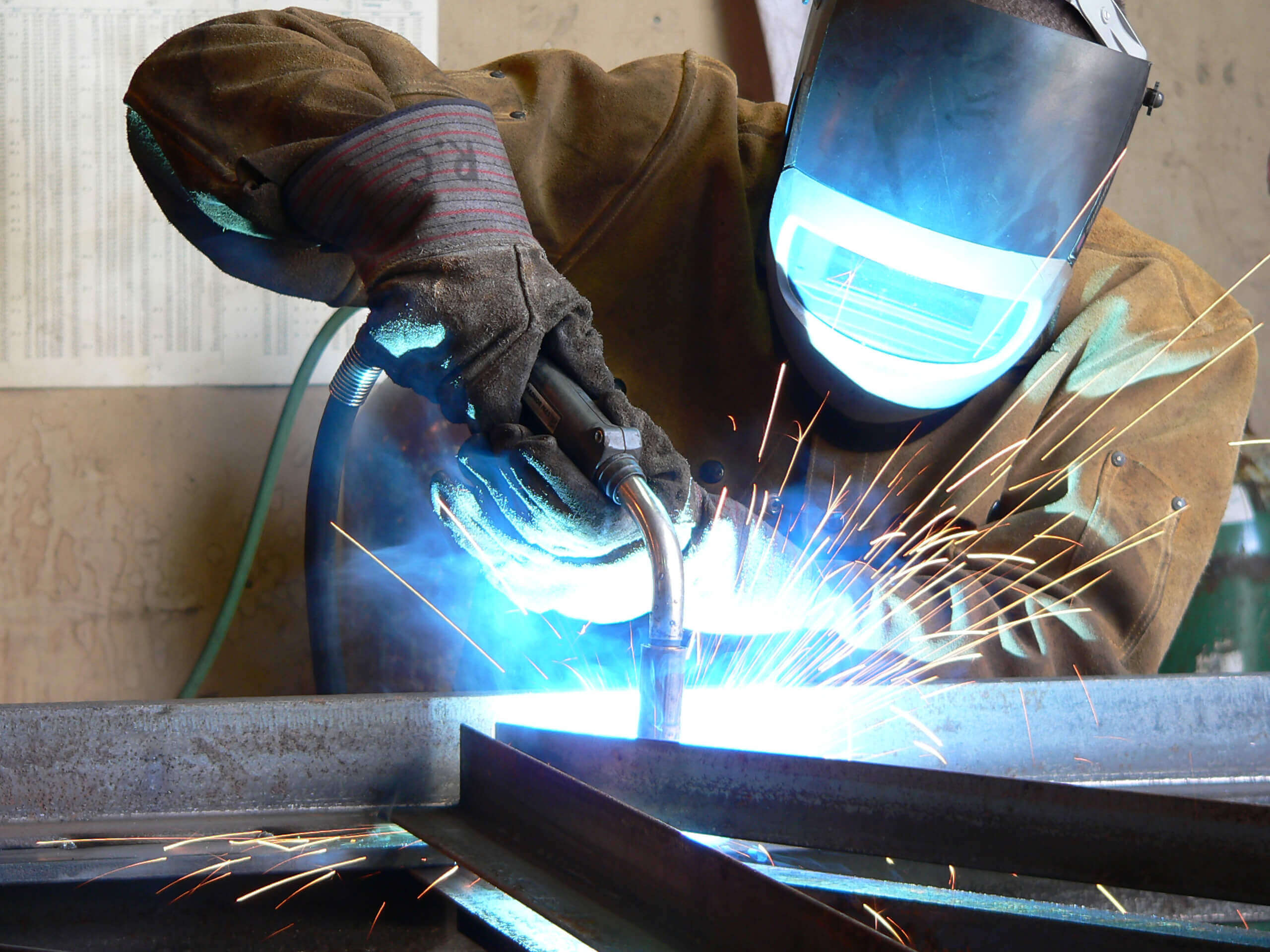Cylinders are heavy and awkward to handle. Frequent lifting and handling can cause back injuries and upper limb disorders. According to HSE (HSE INDB390 rev2), 51% of welders suffered 1 period of sickness over a two year period taking time off for muscle or joint & tender disorders (MSD Musculoskeletal Disorders). Other potential injuries include broken toes, trapped hands, leg and chest injuries.
Ensure all employees involved in handling cylinders are trained in safe handling techniques.
A robust risk assessment should be established. Employees should understand the properties and hazard of the gas and review the risk every time they handle a cylinder: weight of cylinder, surface conditions and distance of route and more difficult to handle). When possible use mechanical aid to assist in handling.
Use the correct lifting method.
- Foot position: hip width apart with one slightly in front of the other, astride the valve end of the cylinder.
- Bend the knees to lower your body. This will enable your strong thigh muscles to do most of the lifting.
- Firm grip: ensure the guard is secure then take a firm grip using both hands.
- Straight back - keep your back straight throughout its length. This does not mean it has to be vertical. Doing this will prevent a slipped disc.
- Pull the chin in. By pulling the chin in, the back is locked in a straight line.
- Lift decisively. This is done initially by straightening the legs then following through with the arms, at the same time walking forward until the cylinder is upright.
Use appropriate PPE - stout gloves and footwear with metatarsal protection. Ensure PPE is in good condition.
Always close the valve and disconnect any regulators before moving a cylinder.
Never attempt to straighten leaning cylinders on your own – get help. Constant vigilance is required when moving cylinders by hand to ensure that hands are not caught or trapped. Floor condition is also a contributing factor to this type of accident as it causes the cylinder to move unexpectedly, so good housekeeping is essential. Excessive speed is a cause of many trapped-hand incidents. Some cylinders have a slightly more rounded base profile. These cylinders are relatively unstable compared to other cylinders. Extra care should be taken when handling them.
Never leave a cylinder free standing or turn your back on it. Move the cylinder to a safe area and ensure that restraints are securely fastened.
Never attempt to stop a falling cylinder – move away quickly and safely.
Do not drop or subject a cylinder to impact.
